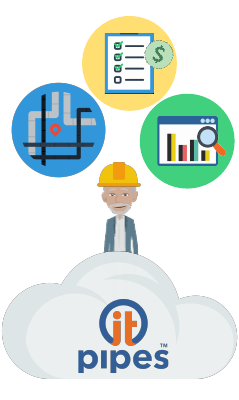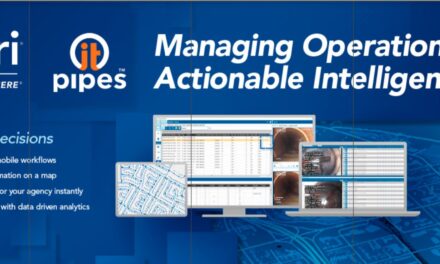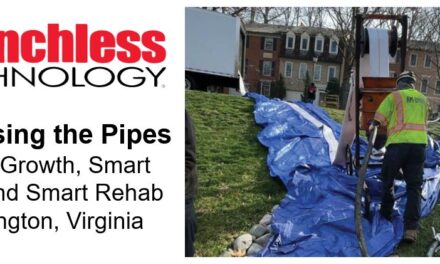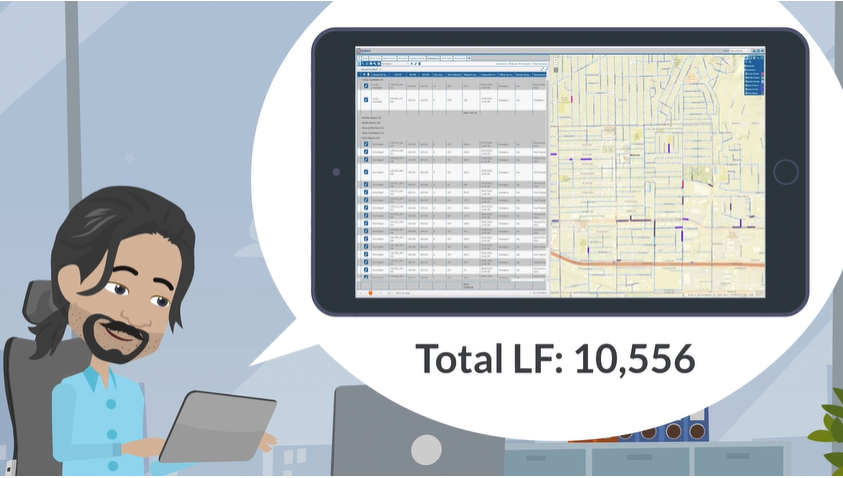How do you organize your pipe inspection program? Whether its’ storm or sewer, pipes, manholes, culverts or laterals, you use ITpipes by Infrastructure Technologies, Pipelogix, CDLab’s WinCan, Cues GXP, or other software, you have a workflow. This may even include using compliance standards like Sewer Pipeline Inspection Condition Assessment Program or NASSCO’s Pipeline Condition Assessment Program, PACP.
That workflow can start with a field inspector performing the inspection. The inspector may then simply sync that to the office or web software. From there, engineers may review the inspections online immediately.
Your workflow could consist of taking a paper report and handing it to a supervisor, with a recommendation. Or downloading data to a flash drive, that is then copied to other systems. There are many options.
If you are doing pipe inspections, you have a workflow. Defining that workflow will define how you do business, help you determine what software applications meet your business needs, expedite training and on-boarding of new staff, determine the best compliance system to meet your needs, and a lot more. Defining the workflow in writing will also help you sit down with potential vendors to determine how their inspection software can improve your workflow.
To start defining your workflow, take everything you know about what you do with pipe inspections and write or draw it out. Then get input from other key staff and stakeholders that work with inspections to add to that. This is very informal, but essentially defines how you manage your pipe inspection business. There are many engineering firms that offer consulting for this type of project, such as Rod Thornhill at White Rock Consultants, Darrell Gadberry at SPICAP and many others.





